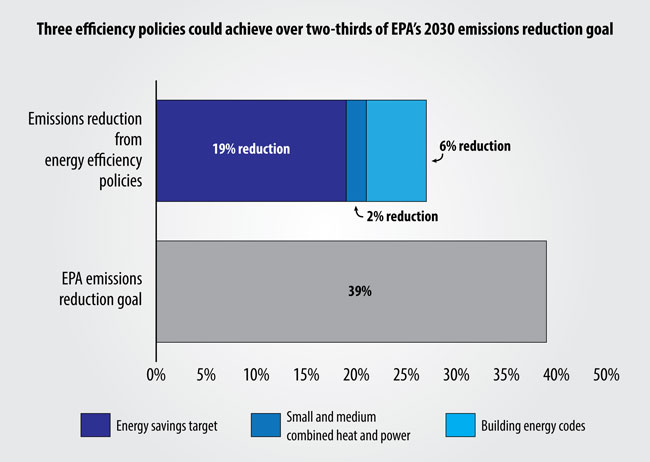Daniel M. Firger
Associate Director
Clean air and water regulations expected in the near term from EPA may force up to 76 gigawatts of dirty fossil fuel-fired electricity generation capacity into retirement, according to a new report published on October 26, 2010 by the North American Electric Reliability Corporation (NERC). The report is notable because it comes from NERC, an independent self-regulatory body made up of industry players, which under the Energy Policy Act of 2005 was authorized (PDF) by the Federal Energy Regulatory Commission (FERC) to enforce mandatory reliability standards for the nation’s bulk power system.
The NERC report examines just four EPA rules in its assessment:
1. The Clean Water Act Section 316(b), Cooling Water Intake Structures;
2. Title I of the Clean Air Act – National Emission Standards for Hazardous Air Pollutants (NESHAP) for the electric power industry (commonly referred to as the Maximum Achievable Control Technology (MACT) Standard);
3. The Clean Air Transport Rule (CATR); and
4. Coal Combustion Residuals (CCR) Disposal Regulations.
Importantly, NERC’s assessment does not examine the impacts of adopting greenhouse gas (GHG) controls, either through federal legislation such as cap-and-trade or a renewable portfolio standard, or via EPA regulations promulgated under the Clean Air Act (CAA). Recent reports from investment bank Credit Suisse (PDF) and research firm Sanford Bernstein paint a similarly bleak picture for coal on the basis of conventional pollutant regulations alone, predicting that up to 1 in 5 coal-fired power plants will be mothballed over the coming decade due to tighter environmental standards. Factoring in climate-related measures (such as the BACT standards that will apply (PDF) to large stationary sources of GHGs beginning on January 2, 2011) may raise the estimates for likely coal retirements even higher.
As clean air and climate regulations make coal more expensive to burn, NERC is of course right to point out that grid reliability must remain a paramount concern for both industry and policymakers. But a recent report by M.J. Bradley & Associates, an energy consultancy, clearly explains that “existing power system capacity well in excess of minimum reserve levels” will allow for projected coal plant retirements without sacrificing reliability. Further, the report highlights a variety of reasons why such retirements may in fact enhance reliability:
[T]he retirement of some existing generating capacity will create room on the transmission grid to accommodate additional power flows, or new generating capacity, without requiring attendant upgrades in transmission, thus mitigating reliability concerns while reducing the cost of transitioning to a cleaner, more efficient generation fleet.
As America moves inexorably towards a cleaner energy mix, thoughtful planning and coordination between EPA, FERC, DOE and state regulators will go a long way toward avoiding problems as power generators retire old, dirty plants and switch fuels from coal to natural gas and renewables.
Associate Director and Fellow, Center for Climate Change Law



